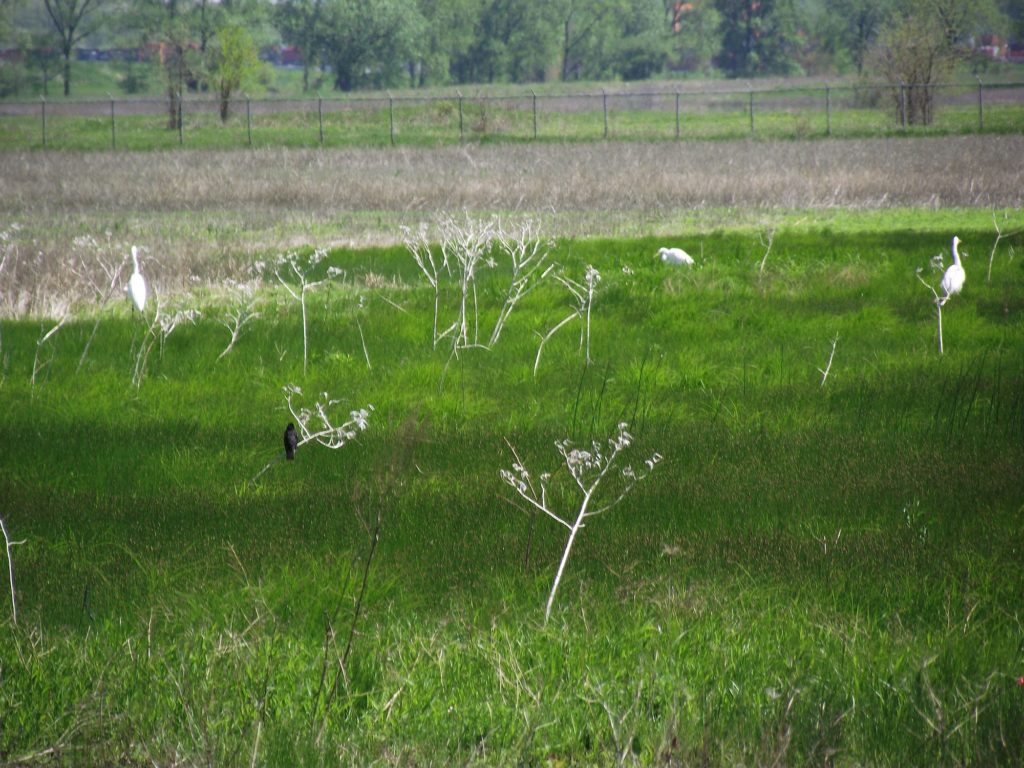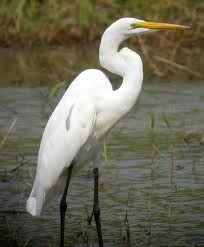 Sandhill cranes. Great Egrets. Scarlet tanagers. These are but a few of the many birds I saw today at Midewin; birds that have returned hand in hand with the slow but steady recovery of the prairies, wetlands and woodlands they need to survive.
Sandhill cranes. Great Egrets. Scarlet tanagers. These are but a few of the many birds I saw today at Midewin; birds that have returned hand in hand with the slow but steady recovery of the prairies, wetlands and woodlands they need to survive.
It seems crazy. But when Midewin was established as the nation’s first National Tallgrass Prairie in 1996, less than three percent of its 20,000 acres remained in native vegetation. Most of the land had been intensively farmed for more than a century. And much had been further altered during the arsenal years, when countless bombs and more than a million tons of TNT were manufactured on site.
It takes a long time, a lot of careful planning, and plenty of sweat equity to recover the ecological health of land that has been so degraded. Especially on such a massive scale. To date, about 2,500 acres of Midewin are under active restoration. Including Grant Creek.
According to Gary Sullivan, Senior Ecologist for The Wetlands Initiative – a key partner in several restoration efforts at Midewin – the 470 acres of Grant Creek were largely used for pastureland. Even with the installation of drain tiles, the area was less than ideal for rowcrops because water continued to pool on the land and the bedrock limestone, in some areas, was only six inches beneath the surface.
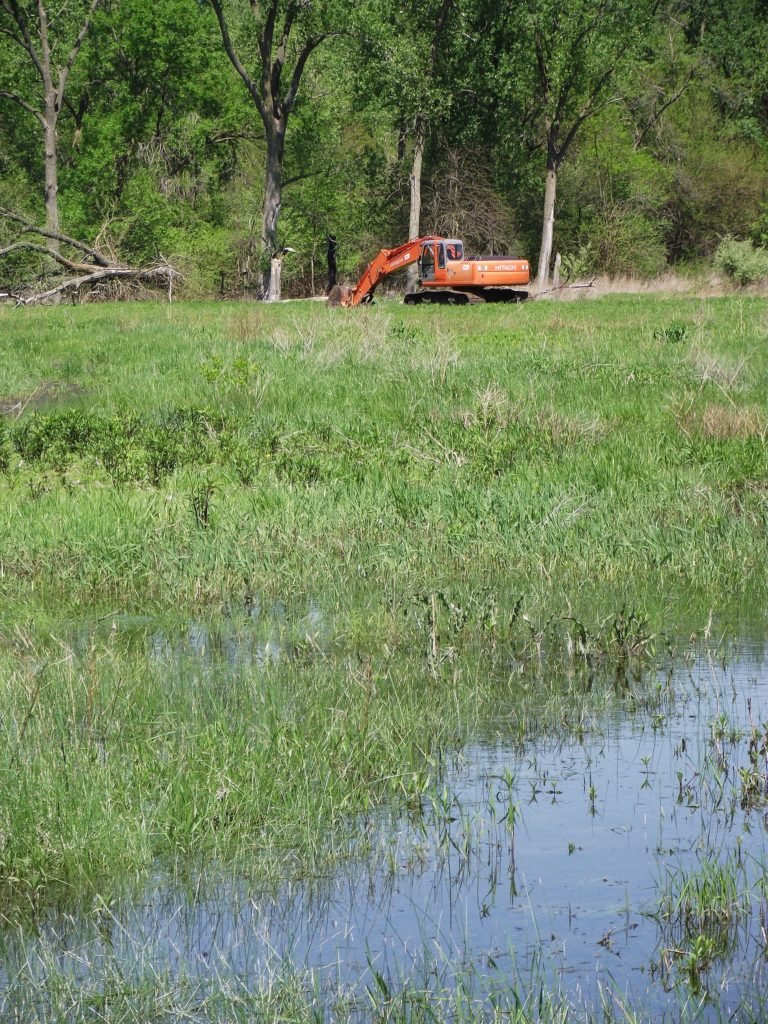
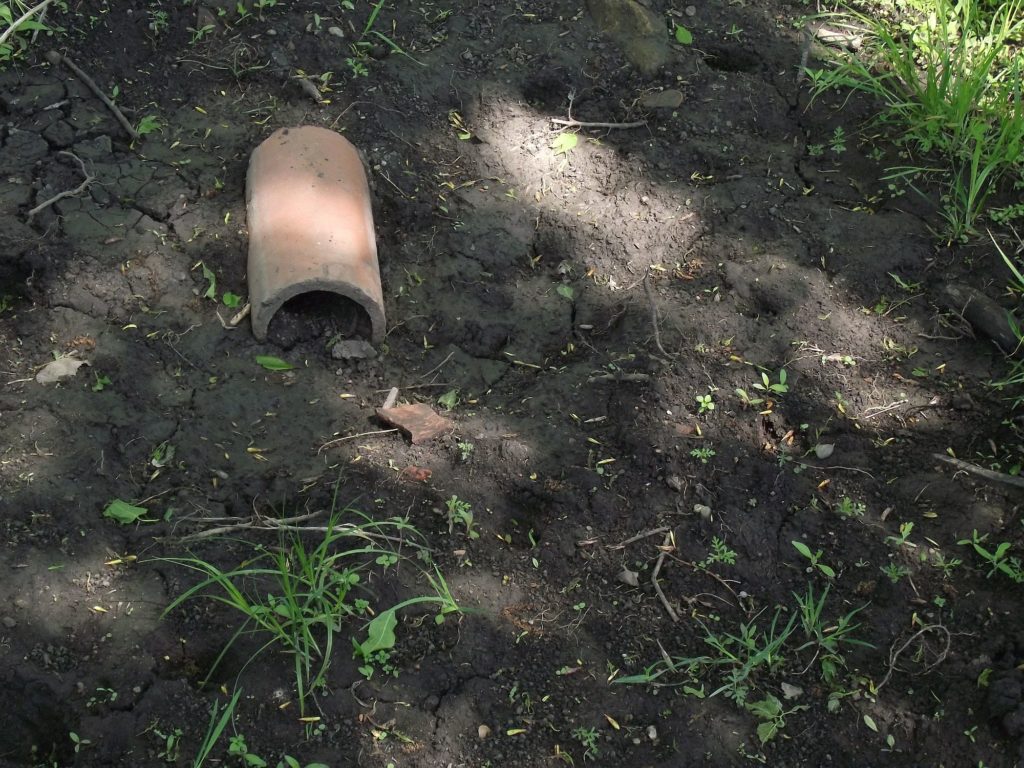
Earlier this year, TWI, working in concert with the US Forest Service, removed more than a mile of drain tiles along with tree- and shrub-infested hedgerows. Following several applications of herbicide to knock back pernicious weeds such as leafy spurge, the site has been seeded with numerous native species adapted for the mix of wet and dry prairie that research suggests was original to the site.
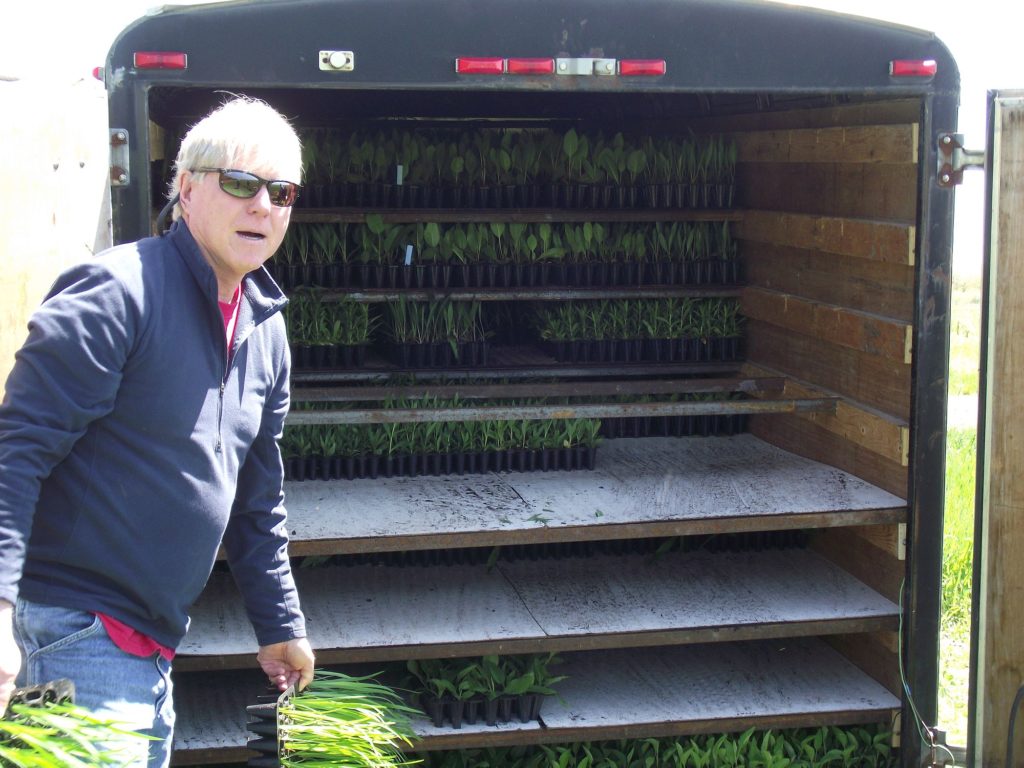
Among the next steps is the hand planting of 68,000 plugs – seedlings of many different native species. Some of those plugs were delivered today by Fromm-Huff Farm, Inc., a downstate supplier that deals exclusively in native plants. Although I am here to interview TWI staff for an article I’m writing for Outdoor Illinois, I can’t help but roll up my sleeves and help unload nearly 300 flats of plant plugs. In the next couple of weeks, I imagine I’ll be back out here for a volunteer workday to begin hand planting those plugs out in the recovering prairie.
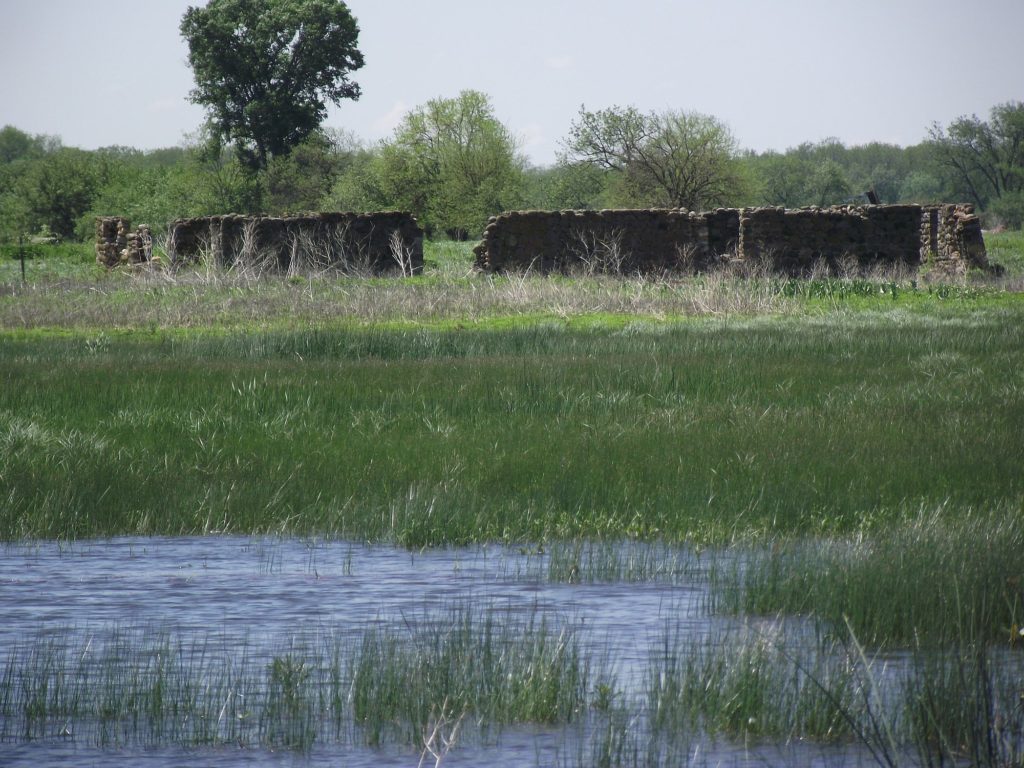
Before I leave, I take a long, last look at Grant Creek. At this very early stage of recovery, the site might look to the casual observer little more than a fallow farm field, with the remains of a 19th century school house on the horizon.
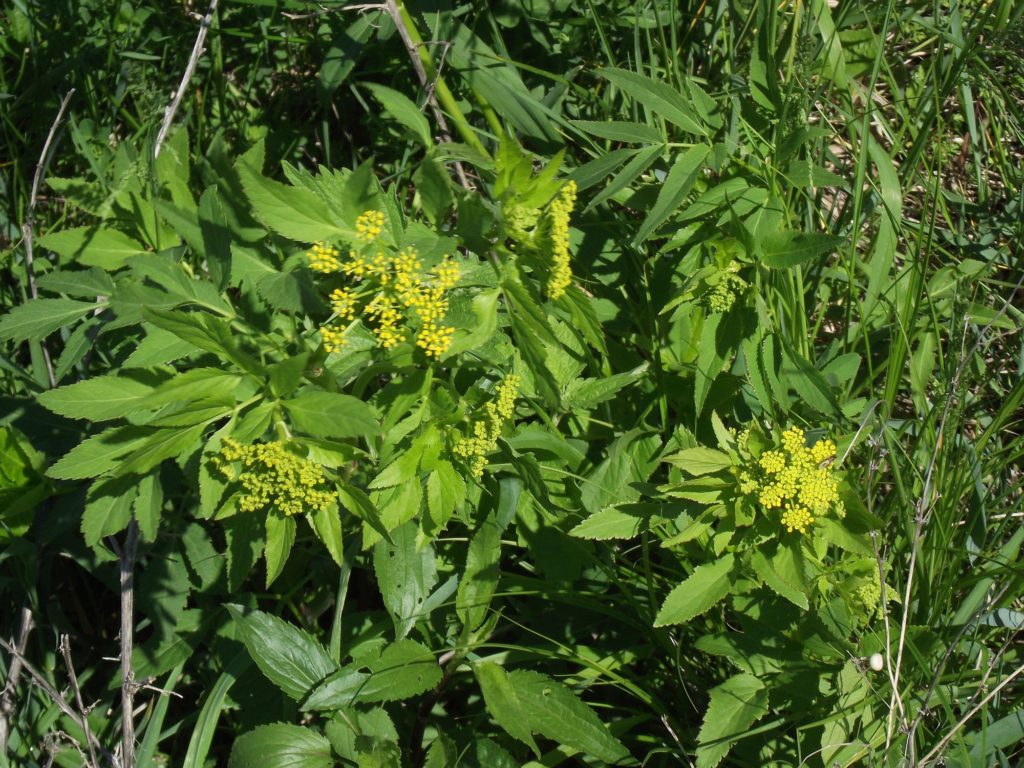
Upon closer inspection, however, one can see sure signs of what’s to come. Golden Alexanders are in bloom.
And native sedges and rushes once again flourish in wet swales graced by a trinity of miraculously white great egrets.

